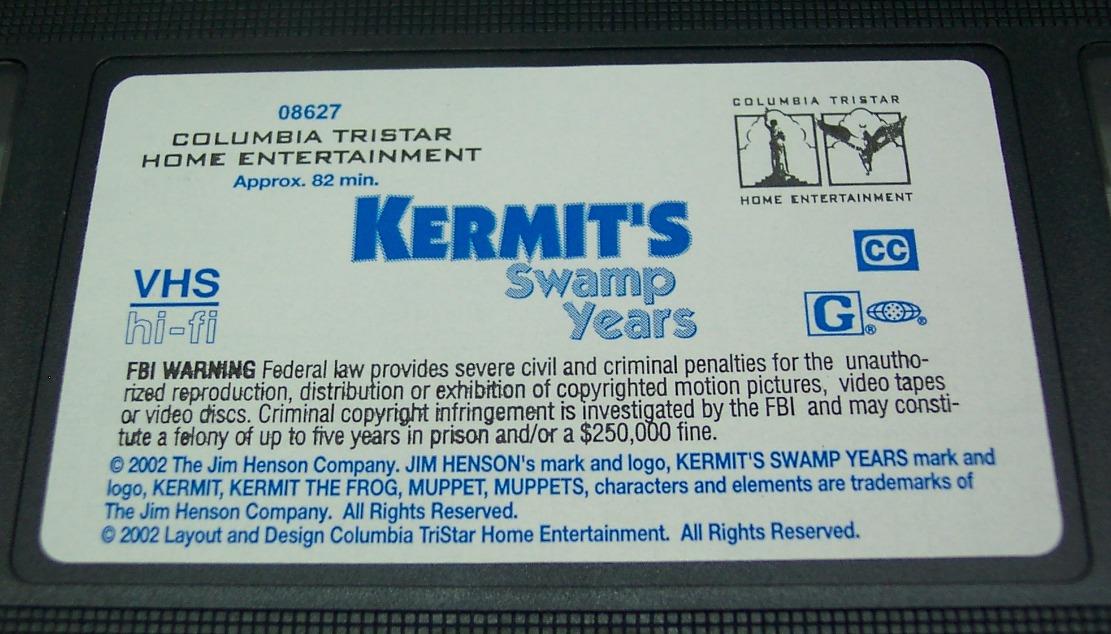
But when a plain pineapple makes an appearance, readers will agree with the author: “What is that doing here?” The final spread shows animals and shapes but no pineapple-after all, it doesn’t belong here-having fun at the beach.Ī hungry alligator chows down on 10 sets of unwary swamp denizens-with, eventually, predictable results. Being in on the joke, children will have no difficulty accepting the juxtaposition of simple shapes and silly animal antics as perfectly sensible. Interspersed with other basic shapes, a porpoise reading knock-knock jokes and a skateboarding rhinoceros also show up in the same matter-of-fact way. An emu? The deadpan narration announces, “This is an emu pushing a pancake wagon down the hill.” Readers are now in the know what other quirky appearances might there be? The book does not disappoint. The first spread presents a wood-grained green circle against a white background and a simple, straightforward statement: “This is a circle.” Next comes a red square and “This is a square.” Next, a blue triangle and “This is a triangle.” Next comes an emu.

2-4)Īs the title says, this is a book of shapes-but with a little touch of whimsy.Ī goofy-looking emu on the cover, with wispy feathers in beautiful shades of purple and turquoise, forewarns readers there is more to the book than simple shapes. Ketteman sets a you-can’t-help-but-chant-it verse pattern that incorporates a different onomatopoeic sound for each animal, from the dragonfly’s “whir, whirr, whirrity-whirr” to the fox squirrel’s “chit, chee, chittety-chee.” These set the stage for a musical jamboree in which all 13 animals complete this satisfying presentation, performing their signature moves and tones one at a time, handing off the final “TIP, TAP, TAP” to Old Man Gator.

Each double-page spread introduces a new animal-aerial creatures such as the ibis and the wood stork, land animals such as the black bear and the pygmy rattler and water creatures such as the bullfrog and the river otter-making for a comfortable mix of the familiar and unfamiliar. Transcript provided by NPR, Copyright NPR.“Down in the swamp / where the cypress grows, / Old Man Gator” starts the rhythm “with a tip, tap, tippity-tap.” Swamp flora in Goembel’s acrylic wash and colored ink lines aptly frame center stage, where jazzily dressed fauna engage in combinations of sounds and moves. It's the females that have been preserved, whispering their story to us millions of years later. And if the females can't make it up to the surface at some stage, they unfortunately drown.ĭANIEL: It's a theory Falk and his colleagues describe in a study published today in the journal "Papers in Palaeontology." If they're right, then it's not the males who revealed what happened they're long gone. And what was left, based on similar fossil deposits elsewhere and knowing about modern-day frogs, was that - and here's where it gets a bit gruesome - the ancient animals drowned while mating, especially the females.įALK: And they sink down in the water. But Falk wasn't so sure.įALK: I basically counted every single bone in every specimen.ĭANIEL: The bones were in good shape, so the animals were healthy there was even fossilized poop in a couple of them, so they didn't starve and there weren't any predator marks, so the frogs and toads weren't eaten - process of elimination.

But in the modern era, things look rather different.įALK: It's kind of like a fossil crime scene.ĭANIEL: The swamp had preserved a couple hundred fossilized frogs and toads.įALK: And the mysterious question is, like, why did all those animals die? Like, why did those frogs die?ĭANIEL: For a long time, scientists thought the swamp had dried out, which could have killed the frogs. student at University College Cork - ancestral horses, giant crocodiles, huge snakes and plenty of frogs and toads. What killed a couple hundred ancient frogs? NPR's Ari Daniel brings us a mystery that at long last may have been solved.ĪRI DANIEL, BYLINE: Central Germany was once a coastal, subtropical swamp.ĭANIEL FALK: With loads of creatures, loads of beasts running around.ĭANIEL: Including - says Daniel Falk, a paleontology Ph.D. It's a case that went cold some 45 million years ago.


 0 kommentar(er)
0 kommentar(er)
